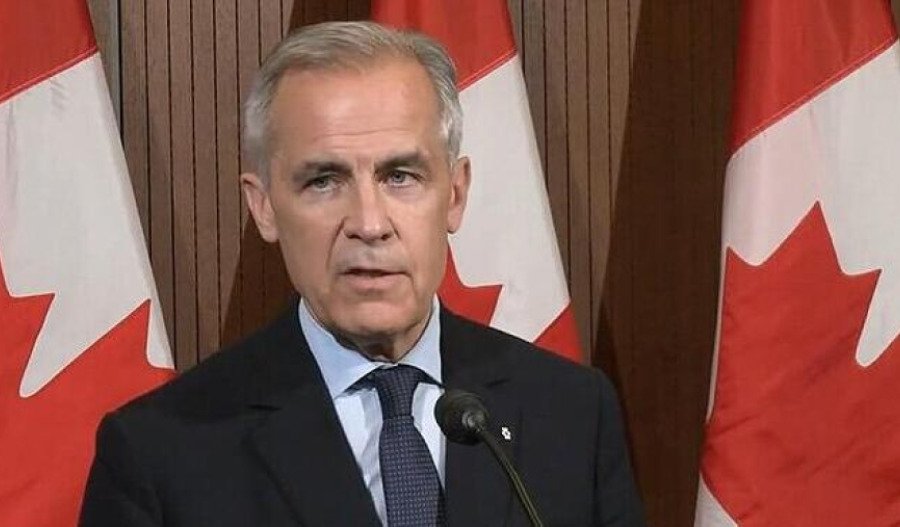Gold continued to decline on Thursday, hitting its lowest level in a week and extending a four-day losing streak as the United States dollar strengthened further in response to a federal court ruling and cautious signals from the Federal Reserve.
By 3:20 pm AEST (5:20 am GMT), spot gold was down $18.60 or 0.6% at US$3,270.65 per ounce.
The Greenback's rally this week gained renewed momentum after a U.S. trade court blocked President Donald Trump’s sweeping “Liberation Day” tariffs, providing a boost to global risk appetite.
The currency also benefited from the cautious tone in the minutes of the U.S. Federal Reserve’s May policy meeting, which suggested that central bankers were wary of tightening too aggressively in light of growing policy uncertainty.
“In discussing risk-management considerations that could bear on the outlook for monetary policy, a majority of participants observed that the current high degree of uncertainty made it appropriate for the Committee to take a careful approach in considering additional adjustments to the stance of monetary policy,” the minutes stated.
The recovery in the dollar has largely offset any bullish impetus for gold stemming from continued U.S.-China trade tensions, with investors instead favouring the relative safety of the greenback amid mixed economic signals.
Analysts at ANZ also pointed to an easing in trade tensions as another factor weighing on gold demand: “EU’s trade chief, Maros Sefcovic said he plans to speak with US officials on Thursday as the EU has sought to fast track negotiations to reach a deal ahead of the 9 July deadline.”
Looking ahead, traders are awaiting several key pieces of U.S. economic data that could influence the near-term direction for both gold and the dollar. Of particular interest will be the core personal consumption expenditure (PCE) price index due on Friday - the Fed’s preferred inflation gauge.
A weaker-than-expected PCE reading could dampen the Fed’s hawkish tone and prompt profit-taking in the dollar, potentially triggering a gold rebound.
Meanwhile, upcoming U.S. weekly jobless claims and a revision to first-quarter gross domestic product (GDP) figures are also on traders’ radars, as they could offer more clues about the resilience of the American economy and shape expectations for future Fed policy.



